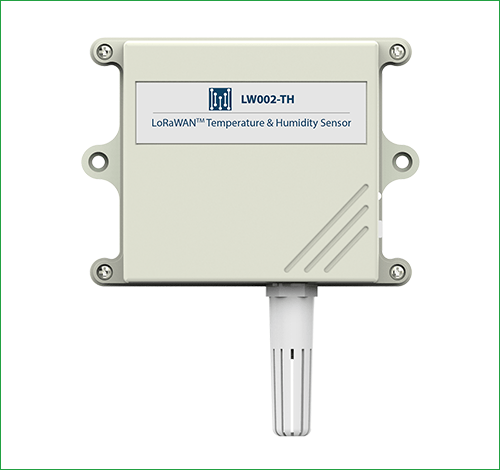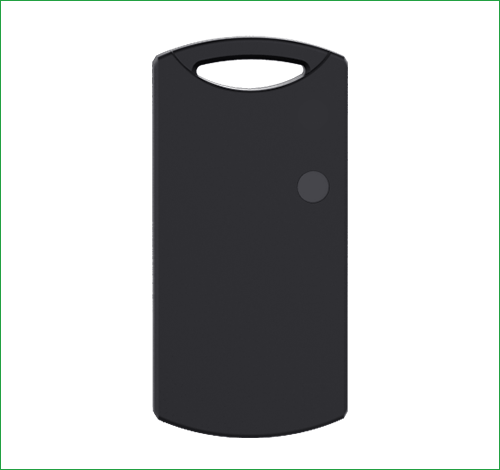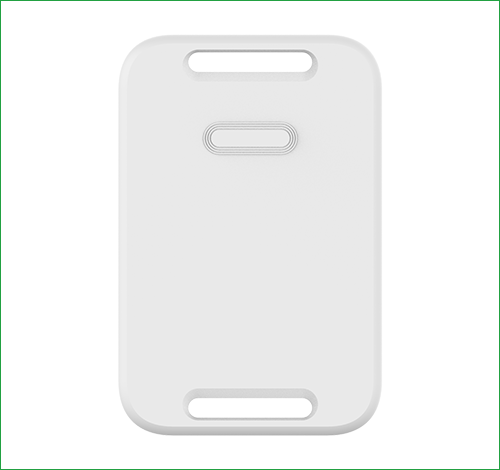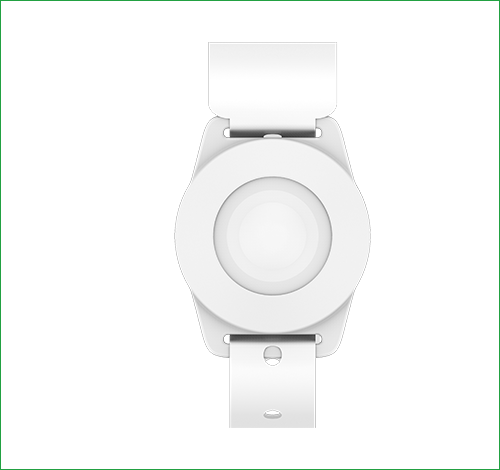What Is A Sensor?
A sensor is a device that is capable of detecting the changes in the environment, such as the change of light, motion, moisture, temperature, pressure and other physical phenomena. Then it would transfer the detected information to other devices to convert the immeasurable changes into a human-readable form so that people can have a clear understanding of the changes in their surroundings.
MOKO has utilized sensor technology in many of our products, which brings much convenience to people’s life. We have smart LED lights that would turn on automatically when they detect the presence of people, and we have T&H sensors that can sense the temperature and humidity of the environment and make the alarm when the temperature or humidity is no longer within the set range… We know sensors well and more importantly, we apply this technology to our products that are used in a wide array of applications.
Different Types of Sensors
1. Temperature Sensor
As the name suggests, it is a kind of sensor used to detect the temperature, which is widely used in mobile phones, computers, automobiles, and industries and so on.
2. Humidity Sensor
It senses the relative humidity that is a ratio of water vapor in the air to the maximum possible at the same temperature. It is widely used in cold-chain transportation and warehouse.
3. Motion Sensor
It is used to detect and measure the physical movement of people and objects in real-time, normally, the motion sensor is embedded into some electronic devices such as the game machine, smart TVs, etc.
4. Pressure Sensor
It can measure the pressure of air or liquid and display it in units like Pascal, Bar, and PSI. The common applications of the pressure sensor include the aerospace industry, automobile and medical industries.
5. IR Sensor
IR sensor, also known as an infrared sensor, can sense the heat and detect movement as well. Every object would emit some heat radiation that is not visible to our eyes but can be detected by the IR sensor. We use such a sensor for automatic door opening and distance measurement.
6. Light Sensor
The light sensor can meter the relative distance to the light source by measuring the illuminance. It has the function of controlling the brightness of the lights, and is also widely used for security purposes. For instance, when we ship some expensive items, by using the light sensor, we can know if the container is open and when it is open to track the real-time situation of them.
7. Ultrasonic Sensor
It can emit ultrasonic sound waves to measure the distance of the object, and it can transform the reflected sound signal into the electrical signal as well. The applications of the ultrasonic sensor include self-parking, automobile anti-collision and so on.
MOKO Products Equipped with Sensors
Fire electronic equipment manufacturing is not an easy job. Manufacturers are required to have rich project experience and professional knowledge of fire protection products. If you are looking for an experienced fire electronics provider, then you are in the right place. MOKO has been accumulated over 10 years of experience in this area since its establishment in 2006. We provide custom hardware for fire projects, we understand the technology used in each device, we offer one-stop fire electronics manufacturing services from the design to the engineering and fabrication.

MOKO LW002-TH
It is used to measure indoor and outdoor temperature and humidity, which can measure the temperature in a range from -10℃ to 50℃, and the humidity from 10% to 90%.

MOKO H6 Light Sensor
Embedded with Nordic nRF52810, this sensor is widely used for asset tracking, thanks to the light sensor, your assets can be very safe.

MOKO H5 Beacon
Equipped with a 3-axis accelerometer sensor, it can be used for employee attendance, access control, identity identification, location tracking and so on.

MOKO W3-pro Beacon
Equipped with a motion sensor that can be used for falling detection.
Common Applications of Sensors
1. Automobile Industry
There are different types of sensors applied in a car, such as the oxygen sensor that can gauge the proportion of oxygen in the exhaust gases emitted from the engine, the speed sensor that can measure the rotational speed of the crankshaft in revolutions per minute, and the temperature sensor to detect the temperature in the car. In addition, the IR sensor is also used in the automobile industry, which can help the driver to park and avoid the occurrence of collision.
2. Industrial Manufacturing
You can easily find the temperature and humidity sensors in a workshop or a factory, as many products need to be fabricated under a specific environment with suitable temperature and humidity. On the other hand, the temperature of the machine also needs to be monitored as the over high temperature may cause the failure of the machine. The humidity and temperature sensors help to monitor the temperature and humidity in real-time, moreover, they can alarm people if the temperature and humidity are way too high or too low.
3. Aviation
The aviation industry is another industry that utilizes the sensor frequently. Sensors can measure the pressure of the engine and the speed of the oil& fuel quantity, airspeed and so on, they can ensure flight safety by helping the pilot to manage the operation and deal with some emergency conditions.
4. Medical Industry
Many medical and health care devices that we use in daily life are equipped with sensors, which help doctors to diagnose and cure patients. For example, we have sensors to measure the breath and the oxygen concentration level of the patients to help doctors to monitor their situation, and we use the blood pressure monitor to check if our blood pressure is normal.
Contact Us
Do you have any projects that require the use of sensors? Contact us now to get an instant quote!
